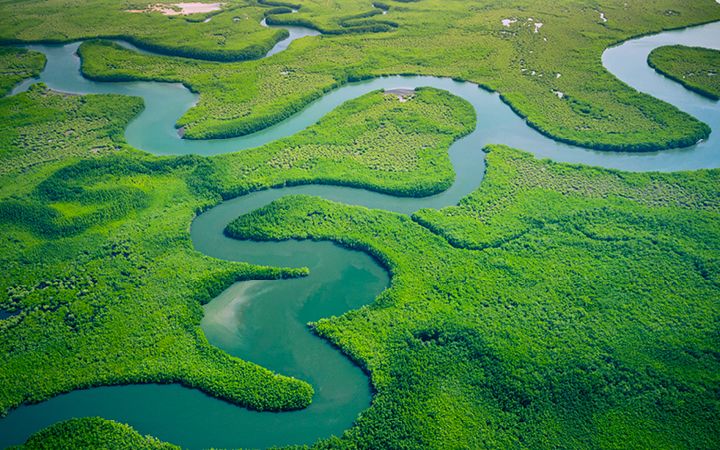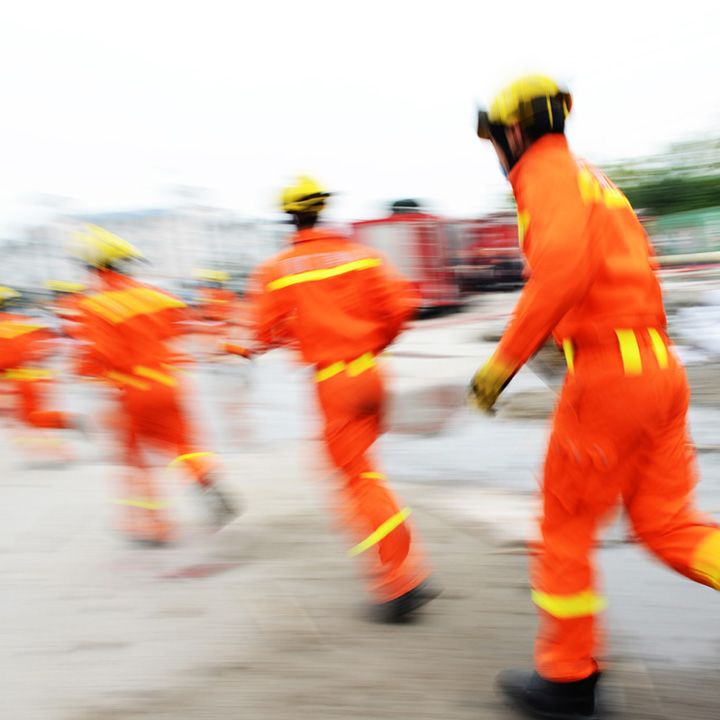
How your smartphone could change disaster recovery
Even for seasoned local teams, certain roadblocks can impede or damage recovery efforts.
In the wake of large-scale natural disasters like Hurricane Katrina or Hurricane Maria, communities need to move quickly to rally resources, protect citizens, and lay the groundwork for long-term recovery.
Any at-risk community knows that preparedness plays an outsized role in recovery efforts. The months, weeks, or sometimes just days spent preparing for a disaster are critical—and not just for emergency response teams. Increasingly, the days and weeks immediately before and after a disaster can be used to enhance resilience and recovery from disasters.
Dr. John Boyle, senior leader in ICF’s survey research business, says the time window now represents a critical opportunity to learn more about where recovery efforts are most needed and the effectiveness of ongoing recovery efforts.
Traditional research tools like random-digit dialing (RDD) telephone surveys take too long to organize and execute to aid recovery efforts. Moreover, residents in the worst-hit disaster areas are frequently no longer at their addresses and reachable by landline phones immediately after these disasters. But in an increasingly mobile society, smartphones provide a critical resource to researchers and policymakers to immediately gauge disaster preparedness, impact, and recovery in affected communities.
“I have done a lot of disaster surveys over the past 20 years and, unfortunately, we always do them after the fact,” says John. “It sometimes takes you six months before you can get approvals to do it.”
But when disaster struck—literally—in the middle of one of John’s survey projects, it was a lightbulb moment.
“We were in the middle of a traditional community health survey in Houston. We had completed 3,000 interviews out of a planned 6,000. Then along came a hurricane that devastated much of Houston. Our client said, ‘Let’s stop interviewing for the moment—but what can we do now that we’ve collected all this data?’”
As it turned out, quite a bit. John and his team leaned into the digital revolution and started looking at the potential use of mobile panels, or groups of individuals who agree to take interviews and provide key information over time via their mobile devices. The panel providers know the original residential location of the panel members in the community, and they can be sampled to represent the whole community or stratified by estimated disaster impact in their areas. Even if they have moved as a result of the disaster, they still have their mobile phones and can be reached at their current location.
By working with their mobile panel partners, they realized they could use mobile to gather lots of information that would never have been accessible via a landline.
“Now that we have mobile panels, we can use those mobile panels to not simply do evaluations after the disaster, but collect information before the disaster,” says John. “We can really get a picture of where the disaster occurred. How much of your house is gone? How much of your backyard is gone? How much of your street is gone? How many of the various businesses in your area are gone? What do the streets look like? And I do literally mean a picture of the condition of your home—we can ask people to use their smartphone to email us a picture of their home or street. Then we use that as part of the disaster assessment.”
For agencies like FEMA and NIDA, this kind of data could be a game-changer. And for those at risk, it could set the stage for a faster, easier return to everyday life.
